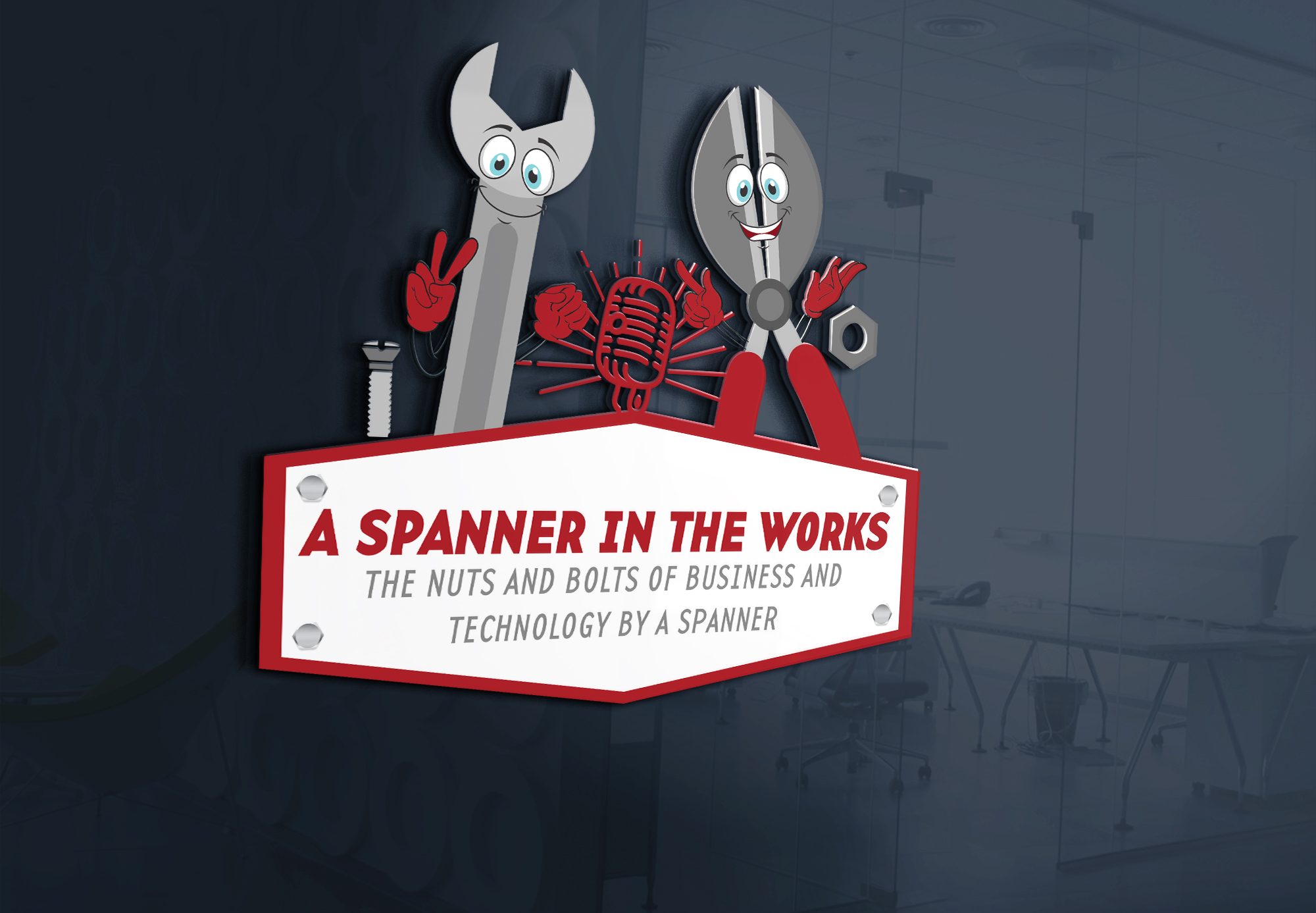When you talk to CIOs, one of their major concerns is Integration. CIOs wish everything should just magically work together.
Middle to large scale enterprises are more often than not organised in silos. Years of operation has made them so in order to get things done and to stay manageable, operational and hence in business.
To ease the pain of those poor CIOs the vendor land gang has hired some Genius Marketing Gurus to come up with a really appealing term, something that literally sells itself, and so they did: Enterprise Service Bus.
What a great concept! A single bus connecting the whole enterprise! The CIOs integration problems all solved! Where do I need to sign?
Oh, hold on, did the marketing presentation mention that the binary message formats of existing messaging solutions like TibcoRV, IBM MQ, MSMQ, SolaceSystems are not compatible?
No? Ok, the message formats are not compatible. But why would a CIO care, isn’t that binary message format waaaaay to low-level to be important.
I don’t know. What do you think?
I think it is important, because it means that there is really nothing like an Enterprise Service Bus, at least not from a product perspective, unless you do a rip & replace.
But then the CIO will need to decide which ones to rip and which one to implement and then he or she will be locked in to a single vendor – for life. Which is not pretty either.
What about the architectural concepts of an ESB then?
Let’s say we simply bridge all those different messaging systems together via adapters, then it sounds really appealing, doesn’t it? And SOA says so, too!
In a perfect world I’d say it might, but it opens the ‘can of worms’ which you would like to think about first.
And by the way those worms have names! They are called:
- Governance & Processes
- Team effort of IT & Business People
- Life Cycle Management
- Scalability
- High Availability
- etc
But the two biggest Challenges are less technical or implementation specific, they are of more social nature called
- Ownership (most enterprises don’t have an Enterprise Architecture team) and
- Cultural Change (Think Enterprise! instead of silo)
Hence a good portion of energy, time and money needs to be invested in bringing different domain and silo owners together and they need to agree, too – all of them!
If they don’t, there will be no ‘Enterprise Service Bus’, not even as an architectural concept. And that is, because the whole Enterprise will not be connected through the same Bus and not all systems will be enabled to ‘magically work together’.
What’s your view?
Kindly,
Andreas Spanner

